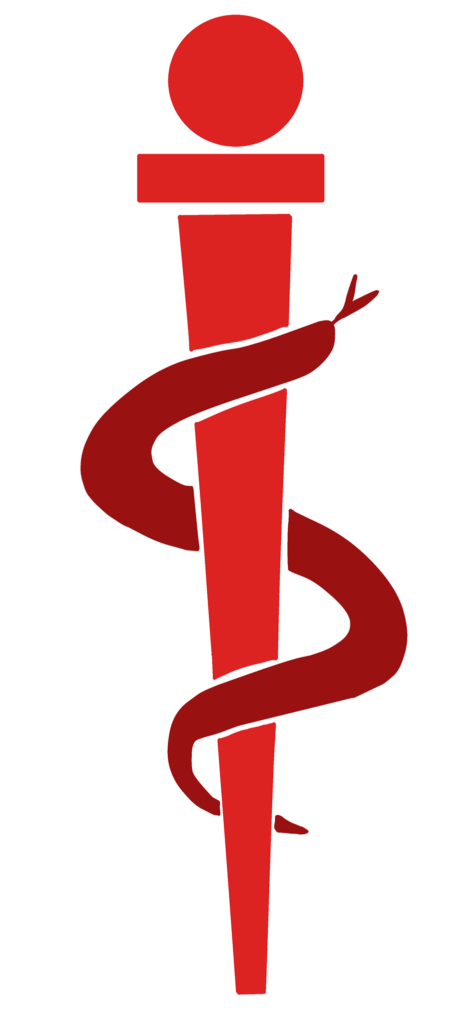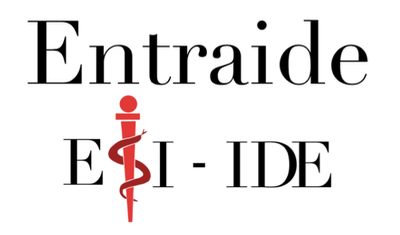Récapitulatif des principales normes biologiques…

1- Hématologie
| Examen | Homme | Femme | Enfant | Nouveau né |
|---|---|---|---|---|
| Hématies (G. rouges) | 4,3 à 5,8 x106/mm3 | 4 à 5,3 x106/mm3 | 3,7 à 5,2 x106/mm3 | 4,8 à 6 x106/mm3 |
| Hémoglobine | 14 à 18 g/dL | 12 à 16 g/dL | 11,5 à 15 g/dL | 14 à 20 g/dL |
| Hématocrite | 40 à 53 % | 37 à 46 % | 35 à 44 % | 47 à 64 % |
| Vol. Globulaire moyen (VGM) | 82 à 97 fL | 82 à 97 fL | 70 à 87 fL | 100 à 115 fL |
| Leucocytes (PNN + PNE + PNB + Lymphocytes + Monocytes) | 4 à 10 G/L | 4 à 10 G/L | 5 à 12 G/L | 10 à 25 G/L |
| Polynucléaires neutrophiles (PNN) | 2 à 8 G/L(50-80% ) | 2 à 8 G/L(50-80%) | 1 à 4,8 G/L(20-40%) | 4 à 20 G/L(40-80%) |
| PN éosino-philes (PNE) | < 500 G/L | < 500 G/L | < 500 G/L | < 1 000 G/L |
| PN basophiles (PNB) | < 100 G/L | < 100 G/L | < 150 G/L | < 150 G/L |
| Lymphocytes | 0,8 à 4 G/L(20-40%) | 0,8 à 4 G/L(20-40%) | 3 à 8,4 G/L(60 -70%) | 2 à 10 G/L(20-40%) |
| Monocytes | 0,1 à 1 G/L(2-10%) | 0,1 à 1 G/L(2-10%) | 0,1 à 1,2 G/L(2-10%) | 0,2 à 2,5 G/L(2-10%) |
| Plaquettes | 150 à 450 G/L | 150 à 450 G/L | 150 à 450 G/L | 150 à 450 G/L |
2- Hémostase
| Examen | Normes |
|---|---|
| TP (Taux de prothrombine) | 70 à 100 % (13 à 15s) |
| TCA (Temps de céphaline activé) | 30 à 40 secondes |
| INR (International Normalized Ratio) | Patient sain : 1Traitement thrombose ou prévention : 2 à 3Prothèses cardiaques mécaniques : 3 à 4,5 |
| Fibrinogène | 2 à 4 g/L |
| D-Dimères | < 450 μg/L |
3- Gaz du sang
| Examen | Artériel | Veineux |
|---|---|---|
| pH (Potentiel Hydrogène) | 7,35- 7,45 | 7,32 – 7,42 |
| PO2 (Pression partielle exercée par l’O2) | 80 – 100 mmHg | 35 – 40 mmHg |
| PCO2 (Pression partielle exercée par le CO2) | 35 – 45 mmHg | 42 – 48 mmHg |
| HCO3- (Ions Bicarbonates) | 22 – 28 mmol/L | 24 – 30 mmol/L |
| Sat O2 (Saturation en O2) | 95 – 100 % | 70 – 80 % |
| Excès de bases | 0 +/- 2 | 0 +/- 2 |
4- Ionogramme sanguin
| Examen | Normes |
|---|---|
| Sodium (Na) | 135 – 145 mmol/L |
| Potassium (K) | 3,5 – 4,5 mmol/L |
| Chlore (Cl) | 100 – 110 mmol/L |
| Bicarbonates (HCO3) | 23 – 28 mmol/L |
| Calcium (Ca) | 2,2 – 2,6 mmol/L |
| Magnésium (Mg) | 0,7 – 0,9 mmol/L |
| Phosphore (P) | 0,8 – 1,3 mmol/L |
5- Fonction rénale
| Examen | Normes |
|---|---|
| Urée | 2,5 – 9 mmol/L |
| Créatinine | Homme 70 – 110 μmmol/LFemme 60 – 100 μmmol/L |
| Clairance de la créatinine | 80 – 110 mL/min |
6- Bilan glycémique
| Examen | Normes |
|---|---|
| Glycémie | A jeun : 3,8 – 6,1 mmol/L (0,70 – 1,10 g/L) |
| Hémoglobine Glyquée | Patient sain : 4,5 – 6%Patient diabétique < 7% |
7- Bilan infectieux
| Examen | Normes |
|---|---|
| CRP | < 6 mg/L |
| Procalcitonine (PCT) | < 0,5 ng/mL |
8- Bilan enzymatique
| Examen | Normes |
|---|---|
| ASAT (SGOT) | 5 – 50 UI/L |
| ALAT (SGPT) | 5 – 50 UI/L |
| Amylase | 10 – 50 UI/L |
| CPK | 20 – 171 UI/L |
| Gamma-GT | < 55 UI/L |
| LDH | < 350 UI/L |
| Lipase | < 160 UI/L |
| Phosphatases alcalines (PAL) | 5 – 140 UI/L |
9- Bilan lipidique
| Examen | Normes |
|---|---|
| Cholestérol | 5 mmol/L (2 g/L) |
| HDL | Homme 1 – 1,3 mmol/L (0,4 à 0,5 g/L)Femme 1,3 – 1,6 mmol/L (0,5 à 0,6 g/L) |
| LDL | < 4,1 mmol/L (< 1,60 g/L) |
| Triglycérides | Homme < 1,6 mmol/L (< 1,3 g/L)Femme < 1,3 mmol/L (< 1,2 g/L) |
10- Autres examens
| Examen | Normes |
|---|---|
| Albumine | 40 – 50 g/L |
| Bêta-HCG | Négatifs si < 5 UI/L |
| Bilirubine totale | < 20 μmol/L (< 12 mg/L) |
| Bilirubine libre | < 17 μmol/L (< 10 mg/L) |
| Bilirubine conjuguée | < 4 μmol/L (< 2 mg/L) |
| BNP | Sujet < 75 ans : < 75 pg/mLSujet > 75 ans : < 100 pg/mL |
| Ferritine | Homme et femme ménopausée 80 – 250 μg/LFemme non ménopausée : 30 – 120 μg/L |
| Fer sérique | Homme 12 – 30 μmol/LFemme 11 – 28 μmol/L |
| Lactate | 0,5 – 2,2 mmol/L |
| NT-Pro-BNP | Sujet < 75 ans : < 125 pg/mLSujet > 75 ans : < 350 pg/mL |
| Troponine | < 0,05 ng/mL |

